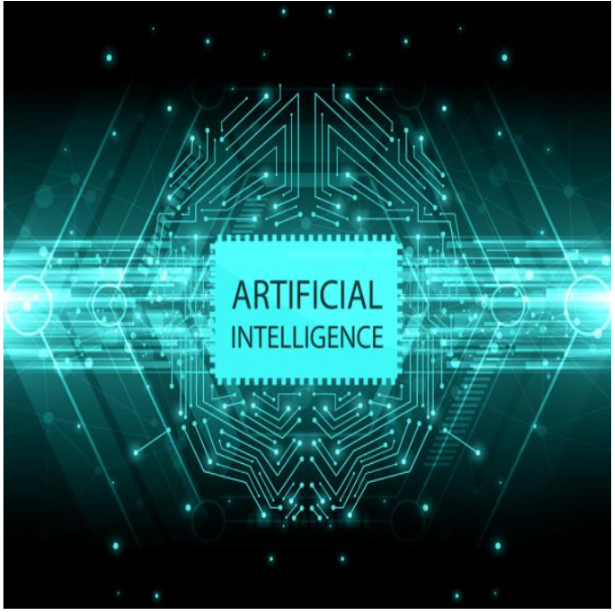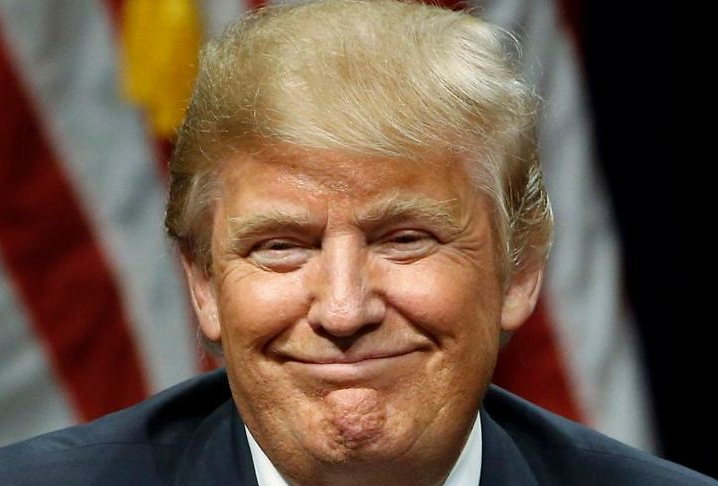On January 21, 2025, President Trump announced a private sector investment of up to $500 billion in Stargate to build AI infrastructure. Stargate is an AI company created by OpenAI (creator of ChatGPT), Softbank, and Oracle. It’s established to build AI data centers in the U.S to take a lead over other nations. These new centers are projected to create over 100,000 jobs for the U.S.
AI infrastructure consists of huge data centers with thousands of computer chips linked in clusters to generate the power needed for AI to function. 20 data centers that are twenty-million square feet are already being built in Texas. Stargate and its investors have already obligated $100 billion to start the project immediately. President Trump declared this the “largest AI infrastructure project in history”. This concept has been in the works for some time; OpenAI’s CEO Sam Altman has previously encouraged the U.S. government to start building infrastructure. He wants to get ahead of China, and this technology can help develop new advancements in many fields, such as medicine, government, and economy. Open AI said about “$175 billion sitting in global funds awaiting investment in AI projects” and that “If the US doesn’t attract those funds, they will flow to China-backed projects—strengthening the Chinese Communist Party’s global influence”.
President Trump stated, “They have to produce a lot of electricity, and we’ll make it possible for them to get that production done very easily at their own plants if they want”. However, these data centers don’t come without risks. The U.S. is currently facing a scarcity of electricity. The North American Electricity Reliability Corporation stated in December 2024 that about half the country is at risk of power shortages. The new infrastructure certainly doesn’t go easy on the power supply, significantly as the use of AI is rapidly increasing.
Until 2018, the private sector investment in AI was extremely low, but through 2018 and onwards, the capital invested has increased astonishingly. Investments in 2021 were 30 times larger than in 2013. Additionally, the number of investors interested in AI has dramatically improved since OpenAI released ChatGPT in 2022. Not only has the amount of AI investments increased, but people all over the U.S. and the globe have gained an interest in AI. The number of research papers on AI in 2013 was 298,381; in 2021, 861,450 were written. The total number of attendees at AI conferences in 2010 was 8,466; in 2023, it was 63,292. In the United States and Canada, there were 154 AI PHD graduates in 2010; in 2022, that number increased to 362. Finally, the percent of jobs in the U.S. relating to AI was 0.6% in 2014, which increased by 1% by 2013, with 1.6% of jobs. These changes may not seem drastic, but they showcase how AI slowly seeps into everyone’s lives. Don’t be surprised when you start to see AI more and more.
However, it is hard not to be skeptical about this massive Stargate venture when looking at Trump’s previous technology undertakings. During Trump’s first term in 2017, he announced with the electronics company, Foxconn, that they would build a $10 billion electronics factory in Wisconsin to create 13,000 jobs. However, four years later, Foxconn said that they were reducing the cost of the facility to $672 million, and the factory would only create 1,000 jobs. Foxconn has invested $1 billion into Wisconsin, with a manufacturing site of 1,000 workers; however, the factory that Trump announced has now become a Microsoft Data Hub. So, while Americans may be expecting a $500 billion AI project, history has shown that this may not be the case.







![[Protest Tbilisi April 2024] by [Jelger Groeneveld] is licensed under [CC BY 2.0].](https://flhsprospect.com/wp-content/uploads/2025/01/Screenshot-2025-01-29-151213-1-1200x897.png)